
Hyundai i30 review
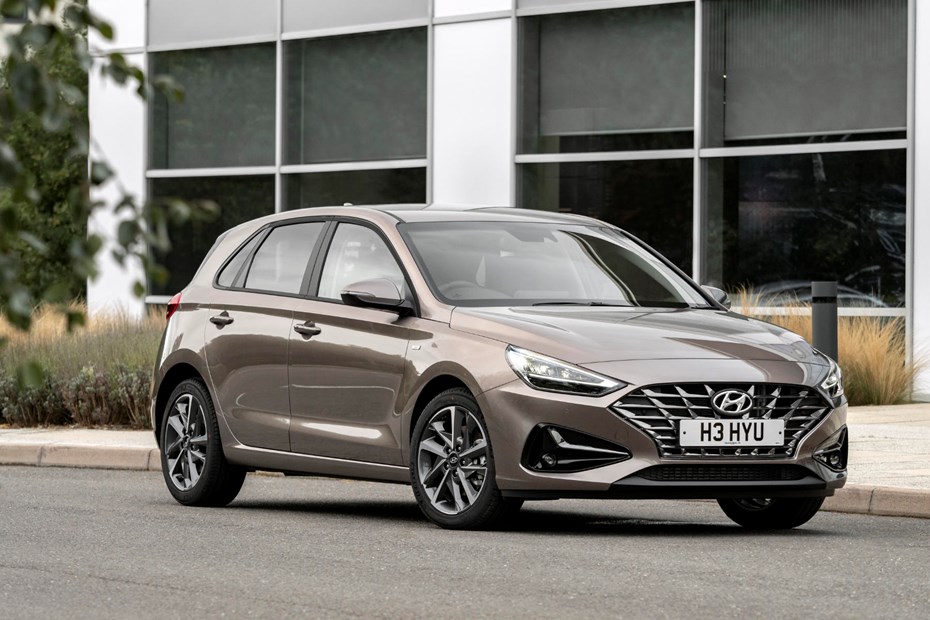
At a glance
| Price new | £22,500 - £27,610 |
|---|---|
| Used prices | £5,669 - £20,805 |
| Road tax cost | £0 - £190 |
| Insurance group | 8 - 18 |
Get an insurance quote with

|
|
| Fuel economy | 42.2 - 61.4 mpg |
| Range | 528 - 770 miles |
| Miles per pound | 6.2 - 7.9 |
| View full specs for a specific version | |
Available fuel types
Petrol
Diesel
Pros & cons
- Low running costs on most models
- Lots of driver assistance technology
- Bright and simple infotainment screen
- Standard models aren’t that entertaining
- Rear seats are cramped for taller passengers
- Entry-level cars have drab interiors
Hyundai i30 Hatchback rivals
Overview
The current Hyundai i30 has been around since 2016, which makes it one of the older offerings in the family hatchback class. Hyundai updated the car in 2020, adding extra technology, efficient mild hybrid powertrains and a slightly more angular front end.
Rivals are plentiful. We reckon the Hyundai i30 is chasing the Volkswagen Golf’s market the hardest, but there’s also the Ford Focus, Vauxhall Astra, SEAT Leon and Mazda 3 to choose from. If you want something a little more upmarket, consider the Audi A3 Sportback or the Mercedes A-Class. And don’t forget the i30’s sister car, the Kia Ceed – which is almost identical under the skin.
Hyundai kept the i30’s line-up relatively simple. The range opens with the £21,000 SE Connect model, which features 16-inch alloy wheels, rear parking sensors, a rear-view camera and an 8.0-inch infotainment system. There’s lots of safety equipment, too, including lane-keeping assist, high-beam assist and autonomous emergency braking.
The i30 Premium gets a few key upgrades, such as larger 17-inch alloy wheels, rear privacy glass, keyless go and LED taillights. Inside, there’s also a 7.0-inch digital gauge cluster, a 10.25-inch infotainment system, a wireless phone charger, heated front seats and a heated steering wheel. Prices start from a shade over £24,000.
Above that, there’s the i30 N Line, priced from around £25,000. This features a sporty body kit inspired by the i30 N hot hatchback, 18-inch alloys, sports seats and all-round parking sensors. Buyers also get a slightly more potent 159hp 1.5-litre petrol engine as standard.
If that’s not fast enough for you, Hyundai also offers the i30 N hot hatchback. It’s designed to compete with the Volkswagen Golf GTI and Ford Focus ST. It’s powered by a turbocharged 2.0-litre four-cylinder petrol engine, producing 280hp and 392Nm of torque – and it features a host of suspension, braking and technology upgrades to make it go around corners faster.
The Hyundai i30 range doesn’t stop there, though. If you need some more space, Hyundai can sell you an estate version of the car, called the i30 Tourer. Or, if the standard hatchback isn’t stylish enough for you, there’s the coupe-inspired i30 Fastback. We have dedicated reviews for both these cars – click the links in this paragraph to learn more.
Over the next few pages, we’ll fully assess the Hyundai i30. Our review will consider its practicality, technology, comfort, fuel economy, performance and driving experience. We’ll then offer our verdict on the car and let you know whether it’s worth spending your money on.



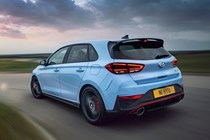
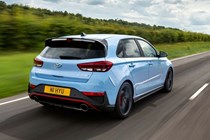
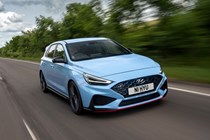
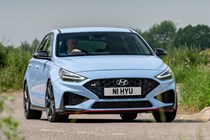
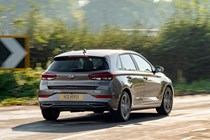
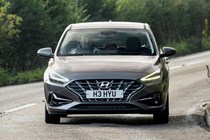
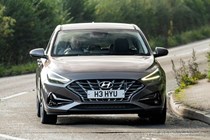
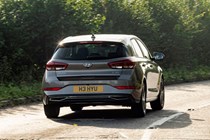
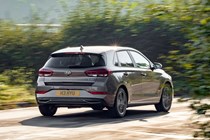
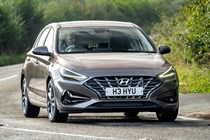
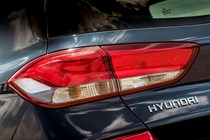
.jpg)
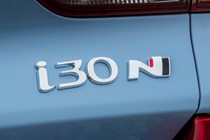
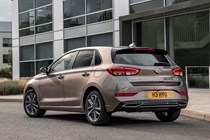
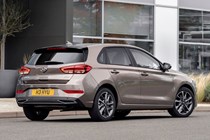
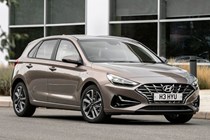

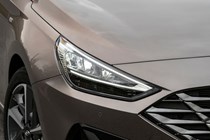

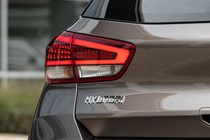
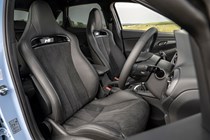
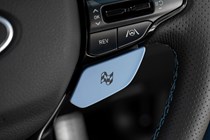
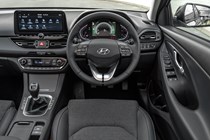
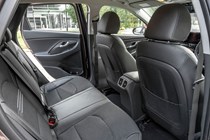
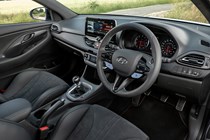
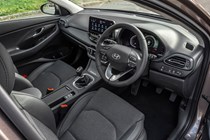
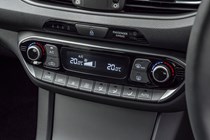
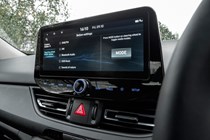
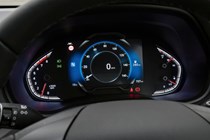
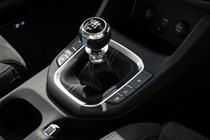
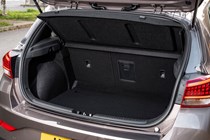
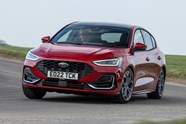
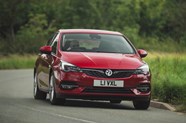
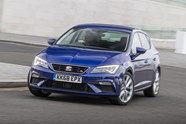














.jpg?quality=50)


















